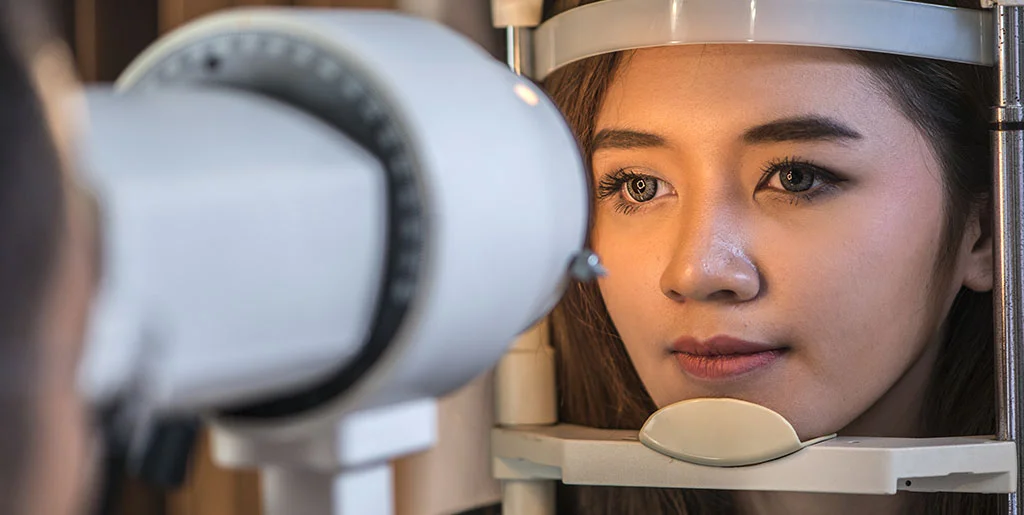
#LIVE2.0 #Review
Also referred as the ‘Silent Thief’, glaucoma was declared as the second most leading cause of blindness by the World Health Organization (WHO), cataracts being the first one.
As to why it is referred as the ‘Silent Thief’, it creeps in on majority of its victims without them ever knowing about it. For instance, here in the U.S.:

In fact, many eye diseases like age related macular degeneration, retinitis pigmentosa, diabetic retinopathy and cataracts are known to target older people, but glaucoma is an eye disease almost everyone is susceptible to.

So, how can you make sure you are not the next victim of glaucoma eye disease? Arguably, there can be many different ways of doing so, with different people vouching for different approaches.
However, there might be one common ground agreeable to almost all, i.e. early glaucoma diagnosis. The sooner doctors are able to diagnose glaucoma, the higher are your odds to fight the disease, significantly containing the magnitude of damage it can inflict on your vision otherwise.
In fact, this passage is exactly about it, getting acquainted with different methods used to determine the presence of glaucoma before it’s too late for them.

Before knowing about the significance and purpose of different types of test used for glaucoma diagnosis, you better grasp the importance of your scheduled regular eye exams. These help your eye doctor keep track of your overall eye health and identify any anomaly as early as possible, increasing your chances of faring well against any eye disease including glaucoma.
The image below describes how often you should get your eyes examined professionally, as recommended by the eye experts:

Now getting back to the comprehensive glaucoma eye exam, which is comprised of the following five tests:
So, let’s have a further look at them.
Ophthalmologists resort to tonometry when they want to measure the pressure inside your eye, also known as intraocular pressure or IOP. This can be done through three different methods, i.e.:
Also known as ‘Dilated Eye Exam’, doctors rely on this procedure to examine the damage inflicted by glaucoma upon your optic nerve. The pupil of the eye to be examined is dilated using special eye drops, so that the shape of the optic nerve can be examined conveniently by the ophthalmologist.
This pupil dilation is followed by exposing the eye to a small device with a light on the end, so that the doctor can get a clear and magnified view of the optic nerve. If the doctor finds anything odd about the size and shape of your optic nerve, or the pressure is not within the normal range, you may need to undergo two more glaucoma eye exams, i.e. perimetry and gonioscopy.
Perimetry is basically a visual field test designed to come up with a complete map of your field of vision, helping your doctor determine if glaucoma has affected your vision. It requires you to look straight ahead and respond to the movement of light as and when it passes through your peripheral vision or side vision. This helps the doctor ‘map’ your vision.
Your doctor may also recommend you to take this test repeatedly to observe if the results remain the same or differ each time. After positive glaucoma diagnosis, you are normally required to take visual field tests two times a year to identify any changes.
This test is aimed at examining the angle where iris meets the cornea to assess whether it’s open and wide enough or closed down and narrowed. First of all, the eye is numbed using specific eye drops, after which the doctor gently places a handheld contact lens on it. There is a mirror on this contact lens, which helps the doctor check if the angle between iris and cornea is narrowed or blocked (a possible indication of angle closure glaucoma or acute angle glaucoma) or opened up and widened (a possible indication of open angle glaucoma or chronic glaucoma).
Pachymetry represents a painless and simple way of measuring the thickness of your cornea with the help of a probe known as ‘pachymeter’ by placing it gently on the cornea. Measuring corneal thickness becomes pertinent, because it can potentially influence eye pressure readings. And, it doesn’t take more than a couple of minutes at most to measure IOP in both of your eyes.
Once diagnosed with glaucoma, you better get to the best glaucoma specialist, because it is also known to progress despite getting treated in many cases. These stats might help you assess the gravity of the issue:

To conclude, the best thing is to strive for optimal eye health, not skipping your regular eye exams and contacting a specialist if you’re diagnosed with glaucoma. And, the second best thing is to not lose hope if you’ve already suffered vision loss due to glaucoma or some other sight-threatening eye disease, because there are alternative low vision solutions like IrisVision – one of the best low vision aids combining vision science with the best of modern technology.
What’s more? Well, what about you can try it for free and get your mind blown before getting one for your particular case of vision loss. It would be a win-win scenario for you anyway, which makes it even more worth trying.
Support
See and Connect Today!
IrisVision Global, Inc.
5994 W. Las Positas Blvd, Suite 101
Pleasanton, CA 94588
Email: [email protected]
Support: +1 855 207 6665
Support
See and Connect Today!
IrisVision Global, Inc.
5994 W. Las Positas Blvd, Suite 101
Pleasanton, CA 94588
USA Email: [email protected]
Support: +1 855 207 6665
Support
See and Connect Today!
IrisVision Global, Inc.
5994 W. Las Positas Blvd, Suite 101
Pleasanton, CA 94588
Email: [email protected]
Support: +1 855 207 6665